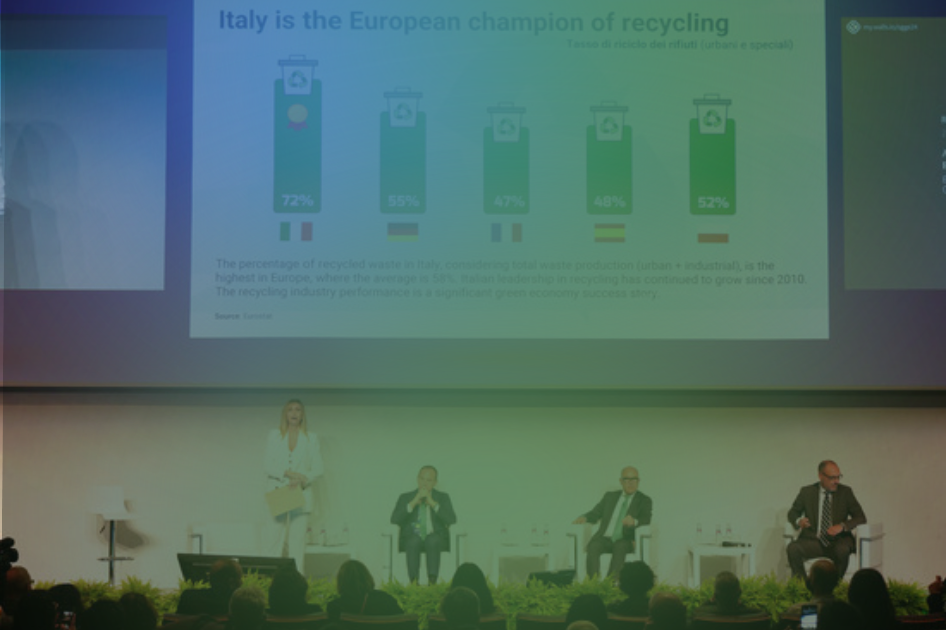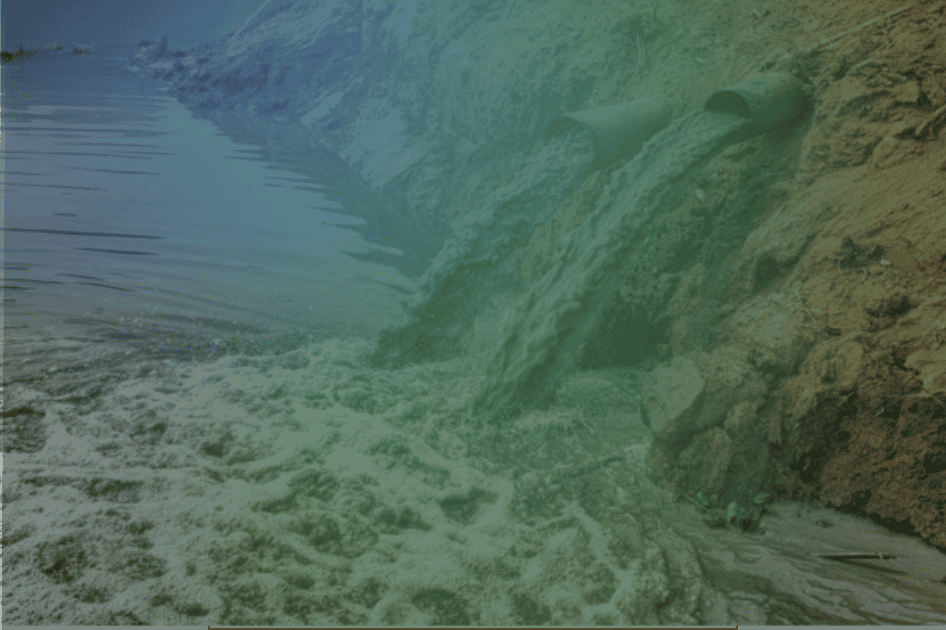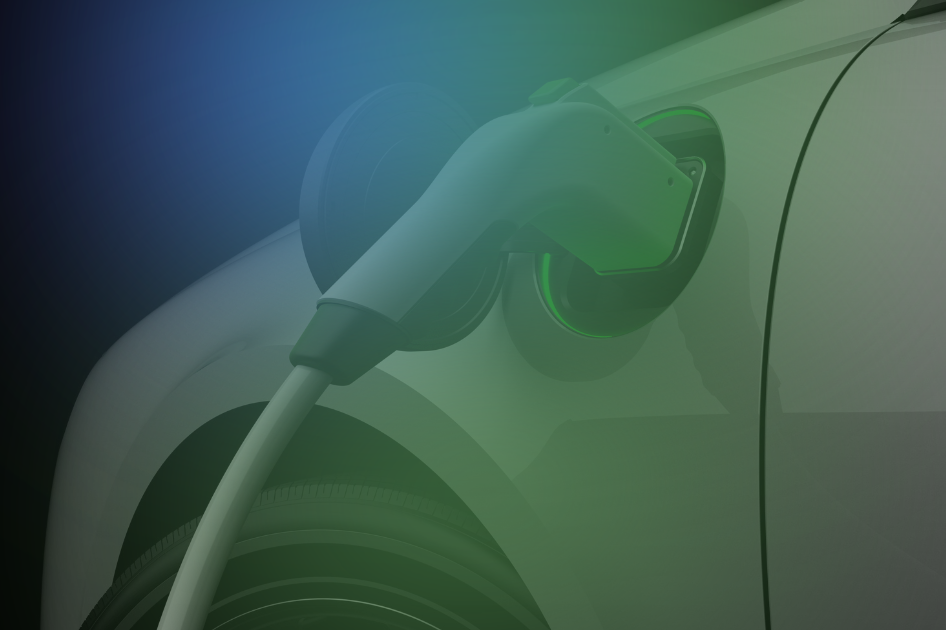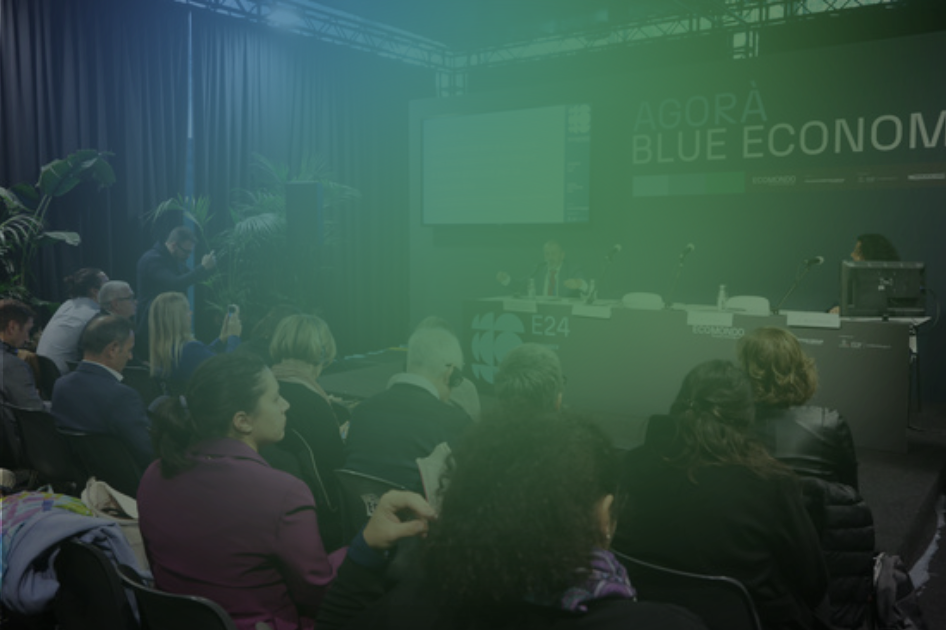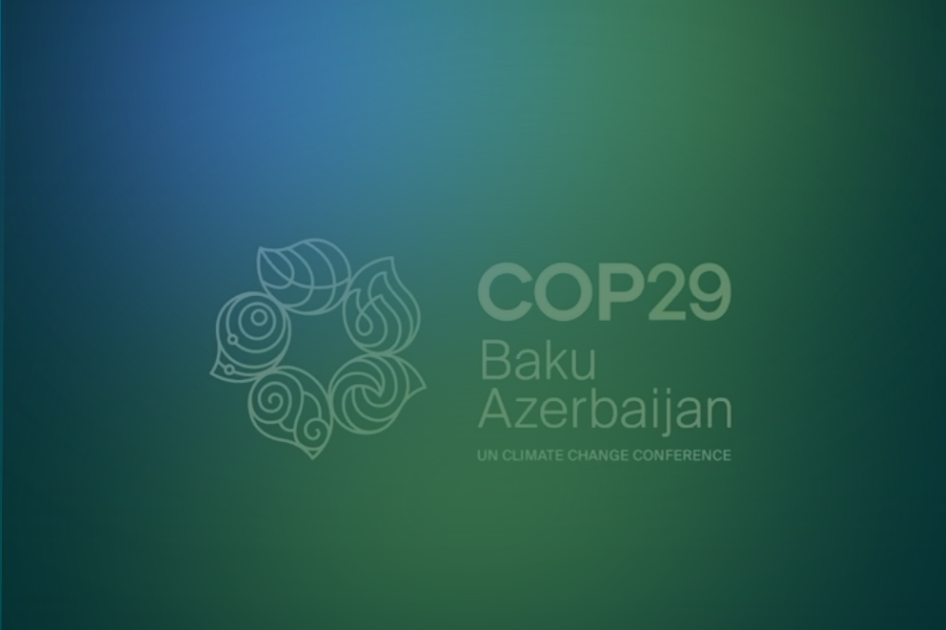Global water demand is rising alarmingly, with predictions of a 20-25% increase by 2050. Many MENA countries are actively seeking international investors to help finance their growing and costly desalination needs. Italy has shown increasing interest in the sector, with its involvement on the southern shores of the Mediterranean rising in recent years.
Water scarcity is a significant and growing issue across the Middle East and North Africa. The MENA region is the most water-stressed in the world, with 83% of its population facing extremely high levels of water stress, according to data from the World Resource Institute’s Aqueduct Water Risk Atlas 2023. The latest data from this year, published by the World Population Review, reveals that four out of the five most water-stressed countries in the world lie in the MENA region. Kuwait took the top spot, while Oman came in third, followed by Qatar, Bahrain, Lebanon, UAE, Saudi Arabia, Egypt, and Libya.

Global water demand: predictions
Global water demand, as highlighted by the World Day to Combat Desertification and Drought, is increasing at an alarming rate, with predictions of a 20-25% increase by 2050. By 2050, it is projected that 100% of the population in the MENA region will be affected by extreme water stress. In response to the gravity of this challenge, governments across the region have committed to significantly increasing desalination investments, aiming to reach a total of 100 billion dollars by 2030 - up from 39.3 billion dollars in implemented projects as of 2022 - to nearly double current desalination capacity. These projections are likely to be significantly underestimated, as many governments are planning to scale up green hydrogen production, which is a process that entails substantial clean water consumption.
Currently, the majority of Gulf countries already largely depend on desalinated water for their inhabitants’ consumption: in the UAE, 42% of drinking water comes from desalination plants producing more than 7 million m3 per day, in Kuwait it is 90%, in Oman 86%, and in Saudi Arabia 70%.
The MENA region is not alone in facing water scarcity challenges, as Sub-Saharan Africa is expected to experience the most significant increase in water demand, with a rise of 163% by 2050 compared to 2019. Latin America and the Caribbean are also expected to suffer from high levels of water stress, unlike North America, Europe, and East Asia, where water demand is expected to be more stable.
Many MENA countries, including Egypt, the UAE, Saudi Arabia, and Oman, are actively seeking international investors to help finance their growing and costly desalination needs. While France and Spain have been at the forefront of European investment in desalination projects in the Middle East so far, Italy has also shown increasing interest in the sector, with its involvement on the southern shores of the Mediterranean rising in recent years.
Egypt: desalination powered by renewable energy
Egypt has also been investing in desalination and demineralisation. In 2018, Orascom Construction Limited launched the Multipurpose Applications by Thermodynamic Solar (MATS) facility in Borg El Arab, near Alexandria. The project, which is co-funded by the European Union and a consortium of 11 partners from Italy, Egypt, France, Germany, and the United Kingdom, aimed to use renewable energy to reduce the level of carbon emissions released from the desalination process. A study published last year discussing renewable energy-driven desalination for sustainable water production in the Middle East concluded CSP’s relatively small footprint (compared to wind plants) and higher dependability and efficiency make it an ideal solution for future desalination projects.
The facility uses concentrated solar power (CSP) technology to power the water desalination system to produce drinking water that meets the needs of approximately 1,000 people. The CSP station is supported by a gas-powered station to stabilize the power supply going to the desalination and demineralization units, according to a statement from the European Commission. The project was headed by the Italian National Agency for New Technologies, Energy and Sustainable Economic Development (ENEA), while the Academy of Scientific Research and Technology (ASRT) served as the primary research partner in Egypt. The total project budget amounted to 22 million euros, of which 12.5 million euros is provided as a grant by the European Union.
In 2022, Cannon Artes signed a contract with the Suez Oil processing Company worth 31 million dollars to build an integrated desalination and demineralisation plant. This project is a part of a larger modernisation project for SOPC’s Suez refinery. Cannon Artes was responsible for designing, engineering, manufacturing, delivering, commissioning, and starting an integrated water treatment plant.

UAE and Saudi Arabia: the backdrop of the Mattei Plan
Following a meeting in Rome between the Emirati President Sheikh Mohammed bin Zayed and the Italian Prime Minister Giorgia Meloni in February of 2025, the UAE announced plans to invest 40 billion dollars in Italy, 250 million of which will target renewable energy, desalination, and the development of green ammonia and green hydrogen initiatives. The agreement was signed by the Italian state-backed financial group Sace and the Emirati renewable energy company Amea Power as part of the Mattei Plan and Amea Power industrial plan.
This partnership also aims to strengthen Italy’s exports to Africa and the Middle East and is incentivised by SACE through guaranteeing united loans through the Push Strategy. SACE and Metito Utilities also signed another 100 million dollar agreement in line with the Mattei Plan, the initiative focuses on sectors including but not limited to: water, wastewater, desalination, and waste-to-energy projects.
Saudi Arabia’s renewable company Acwa Power signed an agreement with 6 Italian investors to foster a partnership focusing on green hydrogen, desalination and R&D. The agreement was signed in 2023 and included Italy’s SME federation Confindustria, a collective network of 222 associations and more than 150k companies, to assess the potential for green hydrogen and water desalination projects.
Earlier this year, Acwa Power signed five MoUs with four Italian organizations, including electrodes manufacturer De Nora, to help integrate advanced water treatment solutions into Acwa Power's desalination projects, such as disinfection evaluation technologies and pilot testing of new systems. The agreement is built on a previous one signed in 2023 with De Nora.
Oman: the largest plant in the sultanate is under construction
Italy’s water treatment company Fisia Italimpianti, a subsidiary of the engineering and construction conglomerate Webuild Group, won two contracts worth about 330 million dollars to build two desalination plants in Oman for the state-owned Oman Power and Water Procurement Company. The first project, Ghubrah 3, will have a production capacity of 300,000 m3 of water a day, while the second, Barka 5, will produce 100,000 m3 a day, with Ghubrah becoming the biggest in the sultanate. Fisia Italimpianti has a 50% stake in both joint ventures.
The environmental impacts of desalination
While these water desalination projects help ensure a reliable and sustainable water supply for large communities, they can negatively impact the environment, particularly marine ecosystems. A study published last year shows that the Bousfer Station, located on the Oran Coast in Western Algeria, disposed of brine directly on the shore, causing multiple adverse effects such as foaming on the surface of the water, which can indicate the possibility of contamination by chemicals used in the process of reverse osmosis desalination. The same study showed that the brine discharge from the station impacts the abundance of species, including but not limited to the endosymbiotic algae, and has a larger environmental impact on the surrounding soil, potentially causing land and water contamination.

Another important consideration that has been overlooked when assessing advanced water treatment processes, such as desalination, is the high level of greenhouse gases emitted in the process. Depending on the level of salinity and the desalination method used, desalination requires a high amount of energy. For reverse osmosis (the most widely used method), energy intensity ranges from 2.5 to 4.0 kWh per m3. This means that Oman’s 300,000 m3/day Ghubrah 3 plant would emit at least 295 metric tonness of carbon dioxide a day, equivalent to 69 gasoline-powered passenger vehicles driven for one year. Given that countries in the MENA region have signed the Paris Agreement pledging to transition to renewables and cut down on emissions, all governments are looking for ways to increase investment in renewables powered desalination.
Lastly, desalination is expected to be used also to supply fresh water for the production of green hydrogen, a major obstacle for water-stressed areas. A report by the International Energy Agency (IEA) estimated that 9 litres of water are needed for every kilogram of green hydrogen produced. Another study found that if green hydrogen production is powered by solar energy, the total water requirement will come to around 32 kg of water for each kg of green hydrogen, whereas with wind energy, the cumulative water requirement comes to 22 kg of water.
Article written by Noor El Leil
This blog is a joint project by Ecomondo and Renewable Matter
PUBLICATION
13/06/2025




